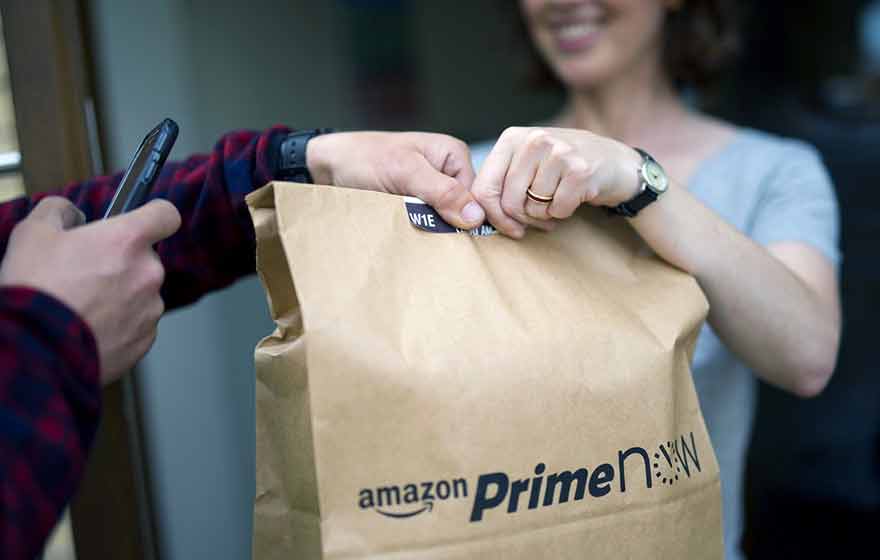Appeared in 2008 and created by the "always" enigmatic Satoshi Nakamotothe blockchain (BC) concept initially consisted of an original combination of cryptographic mechanisms and peer-to-peer (P2P) architecture, dedicated to the implementation of a virtual currency: the bitcoin. The blockchain is often defined as a computer mechanism that allows all exchanges between actors in the same network who do not know each other to be transferred and recorded in a highly secure manner, independently of any central authority. A concept that is about to profoundly modify our socio-economic ecosystem as a whole.
Bitcoin and blockchain
For a long time the terms bitcoin and blockchain were synonymous. Thus, the CB is the accounting ledger that records all transactions in Bitcoin. It also grows both at the rate of trade and at the rate of money creation achieved through money creation operations (the mining).
The concept of SA can therefore be defined as a reliable and resilient system for recording transactions. Reliability is based on cryptography, and resilience comes from the P2P architecture. So CB is not a solution in itself, but rather the underlying of new solutions.
Beginning in 2014, initiatives began to germinate by expanding the OCA employment spectrum to include all sectors requiring the recording of transactions or contracts. This is referred to as OCA 2.0 or even 3.0.
Other possible channels
The first CB was therefore for Bitcoin, but since then the mechanism at the heart of the CB has been implemented in other chains. Thus a new chain called Ethereum was born. Ethereum is a system based on SA but open to many applications. For example, Slock.it is a startup whose idea is to integrate the BC mechanism via the Ethereum chain into physical devices: a virtual/real marriage.
Application ideas include a doorknob that, when turned, records the transaction via Etherum and allows the creation of a smart contract between the owner of the apartment and whoever enters it. In short, it becomes imaginable to make an Airbnb even more efficient and safe. It is a new mode of organization linking customers and owners that is emerging. The term CAD (decentralized autonomous organisations) is advanced. The very notion of organization as Henry Mintzberg has defined it for us finally takes into account the digital world.
It should be noted that on 17 June 2016, an attack against the platform hosting the DAO project was launched and made it possible to steal one-third of the funds deposited... This attack highlights both the weakness of a nascent system, but also the interest in it. However, it was the platform that was attacked and not the Blockchain.
What if the company was based on the block?
Taking the reasoning a step further, one can imagine that the company seen from the "contract node" angle is thus based on a SA mechanism. The way in which all ownership transactions are recorded would then be completely renewed. In turn, the ownership titles can be represented by the units of a virtual currency.
Bitcoin, for example, is designed so that there is a maximum of 21 million of bitcoin in circulation. One can then imagine the creation of a currency with a number of units and each unit represents a share of the business. This would constitute a completely new mechanism for managing ownership and upgrading assets. This is what a platform such as swarm. With a new solution, a new acronym, swarm proposes that of COD (Decentralized Collaborative Organization).
The institutionalization of the blockchain
Of course, some might think that this BC story is just a straw fire for geeks and that it's not serious. However, on February 16, 2016, the NASQAD has initiated a project to record shareholder votes on the Tallinn Stock Exchange using the BC. On 13 April 2016, the President and Chief Operating Officer of the same Nasdaq even indicated : "Blockchain technology can lead to quicker, more efficient trade settlements..
On March 16, 2016, the first plenary intervention of the Digital University of the Medef was proposed by the Blockchain France. Finally, on the 1ster May 2016, the State of Delaware officially announced that CB was a technology that would allow them to replace their paperwork.
Thus, the blockchain is no longer a weak signal... but a movement potentially as strong as the Web itself or social media.
Which actors and what other advances?
Let us then answer two questions: who are the major players likely to be impacted by SA? And what other technological breakthroughs can work in synergy with CB to help transform our environment?
From my point of view, there are three major actors can be impacted by SA.
The first actor is made up of all the organizations playing the role of trustworthy third-party. Indeed, the trust aspect can be based entirely on the SA mechanism. Although these players will still be able to offer advice, they will then be in competition with all existing consulting firms.
The second player whose part of the business can be questioned represents the state-level institutions. For example, the maintenance of national registers (Civil Status or Cadastre) can be managed at a global level and totally decentralised by a dedicated CB.
Finally, the last actor is made up of all the organizations which will be able to find new forms of financing and governance by using this mechanism to manage their capital shares. From the point of view of management sciences, control theories in particular will be given a new lease of life.
To answer the second question, I believe there are three other major concepts that can be included resonant with the BC to trigger breakthrough innovations of the intensity of the advent of the Internet.
The first concept is that of crowdsourcing. This mode of outsourcing allows an activity to be carried out by a large number of people, most of whom are anonymous. Crowdsourcing can then be seen as a way to make crowd value and thus take full advantage of the potential offered by the interactivity of Internet-based applications.
The second concept is that of the3-D printing. Being able to democratize the manufacture of products while at the same time liberalizing the product design model is in itself a break in production and logistics.
Finally, the third element is the further dissemination of the connected devices. In forty years, we've gone from a few mainframe computers, to a PC in everyone's home, to a smartphone in every pocket, and now to dozens of devices of all sizes in homes and on our person. This Internet of things (IoT), some of which can be manufactured locally (3D Printing), then contributes to increasing the ability to bring out value from the crowd that we are (crowdsourcing). Add to this the potentialities of the blockchain that we have mentioned, and a new universe of possibilities opens up to all: those who will benefit from it and those who risk being subjected to it.
Jean-Fabrice Lebraty...Professor of Management Sciences. Specialized in Information Systems, Jean-Moulin University Lyon 3
The original text of this article was published on The Conversation.












